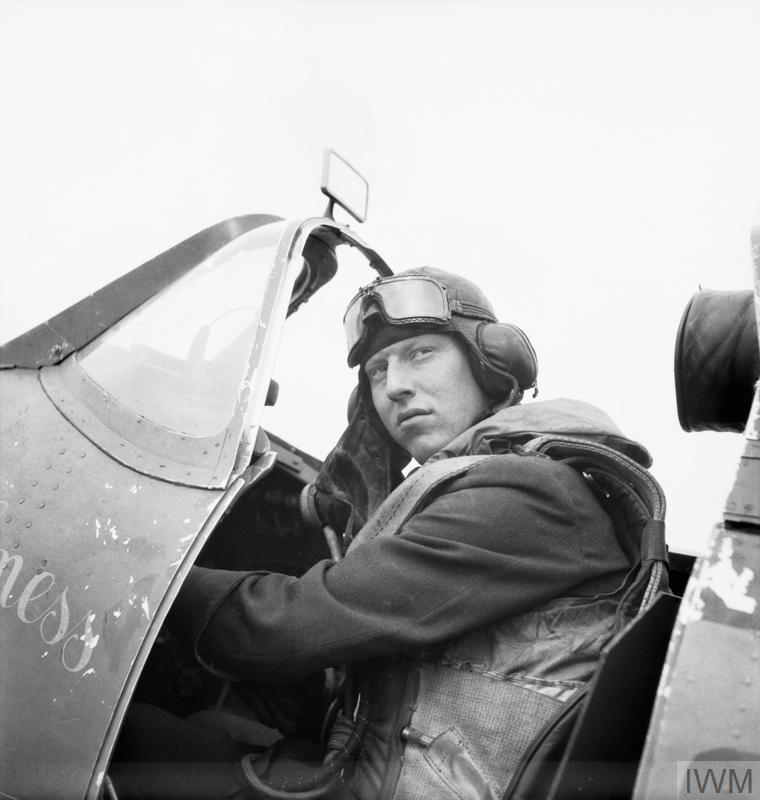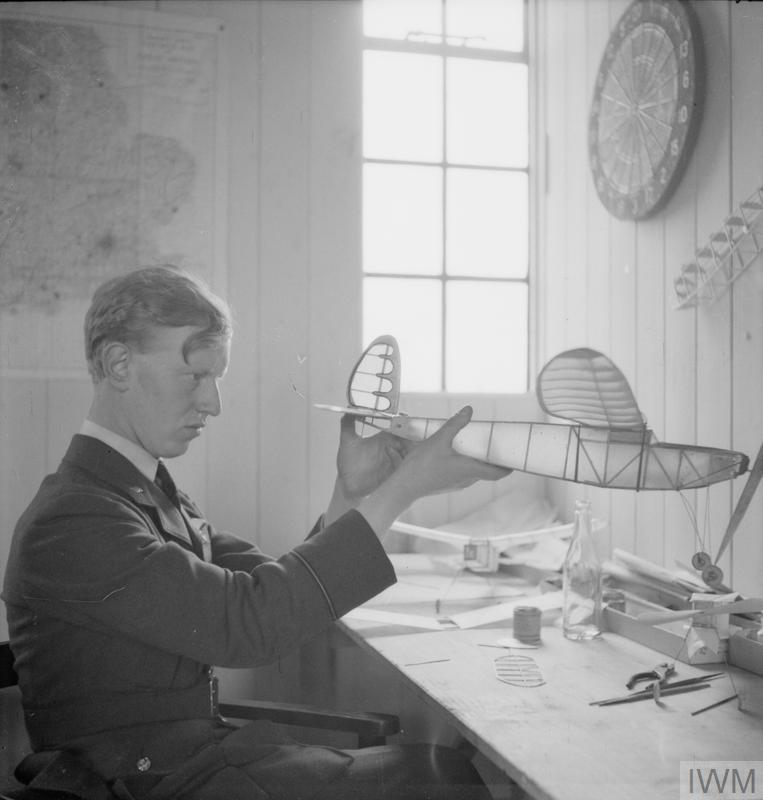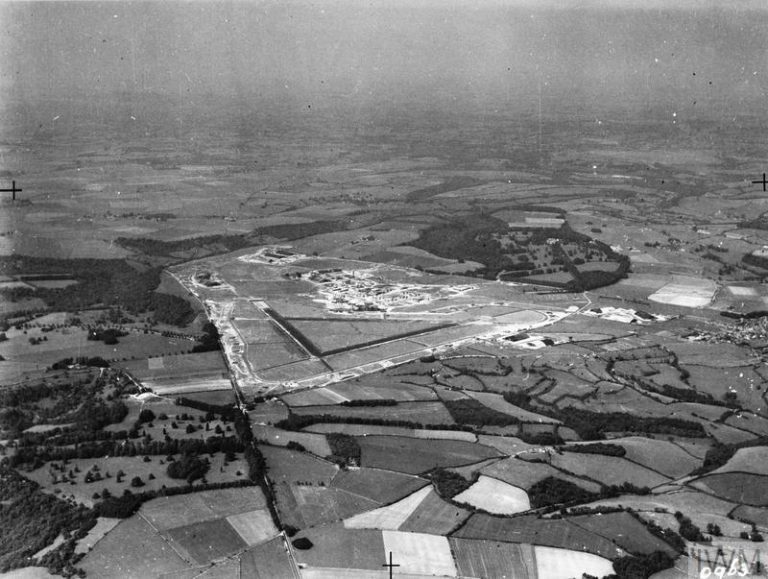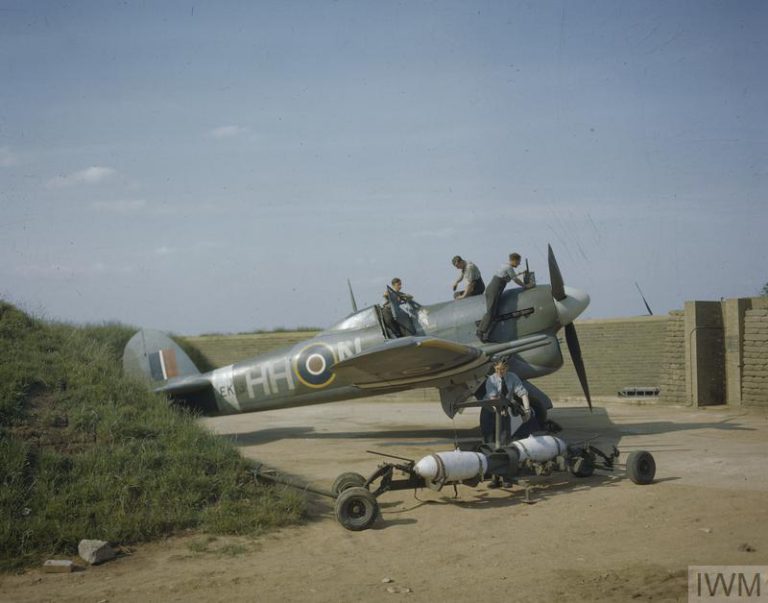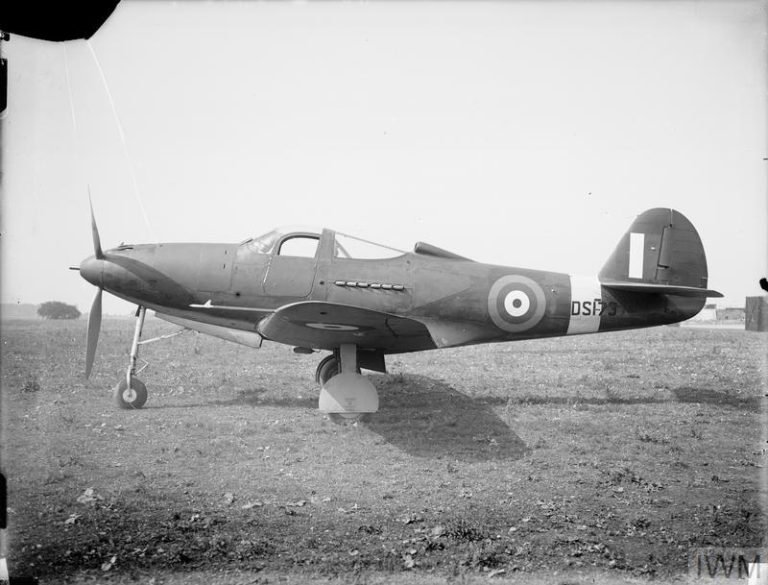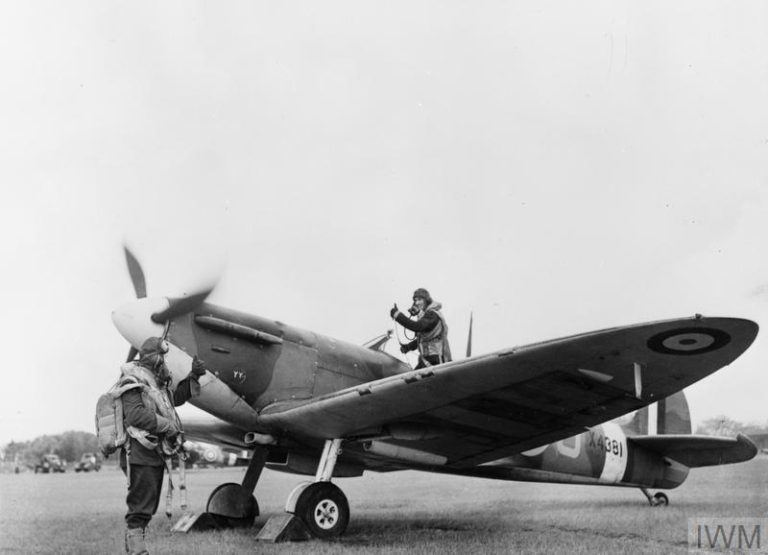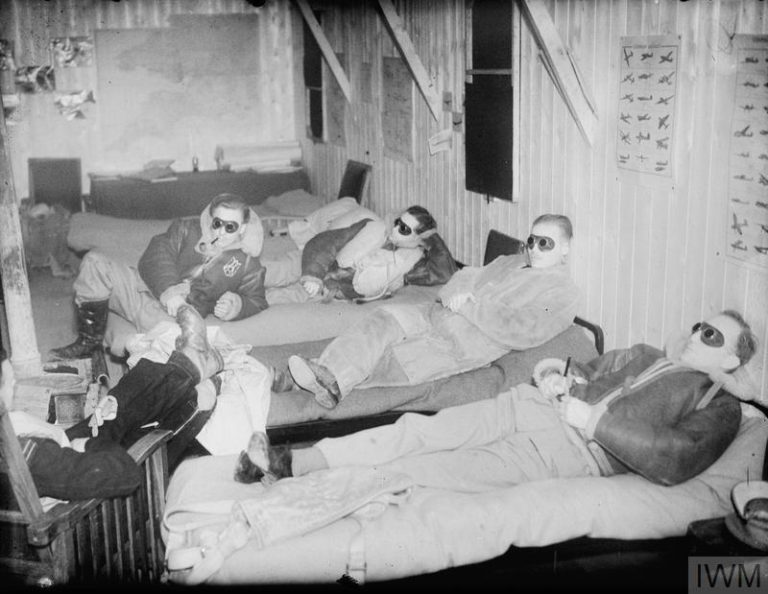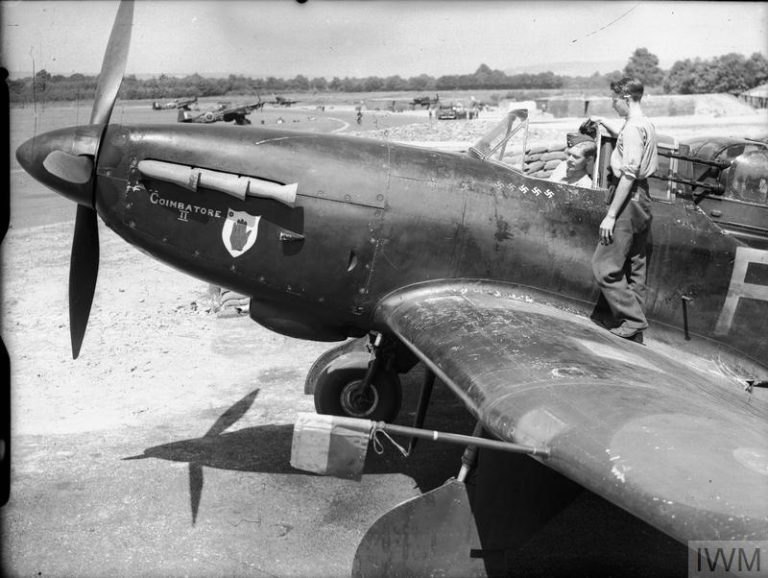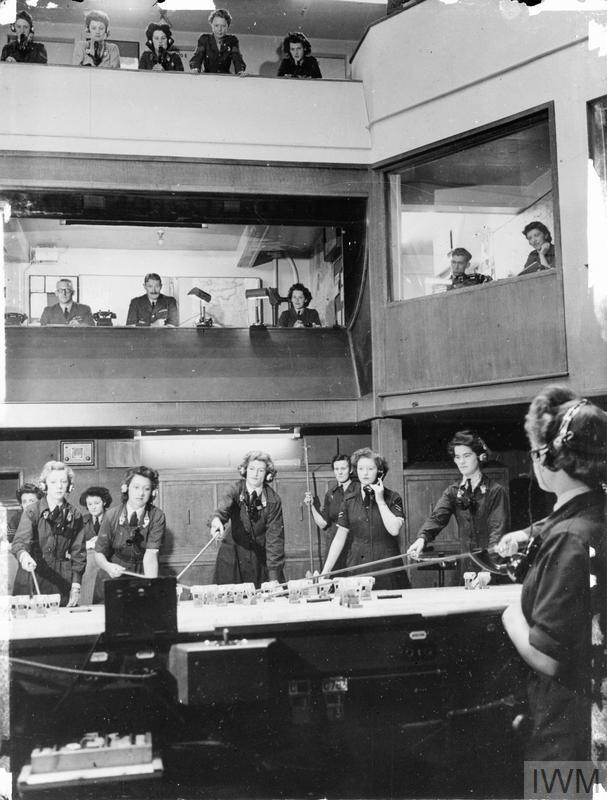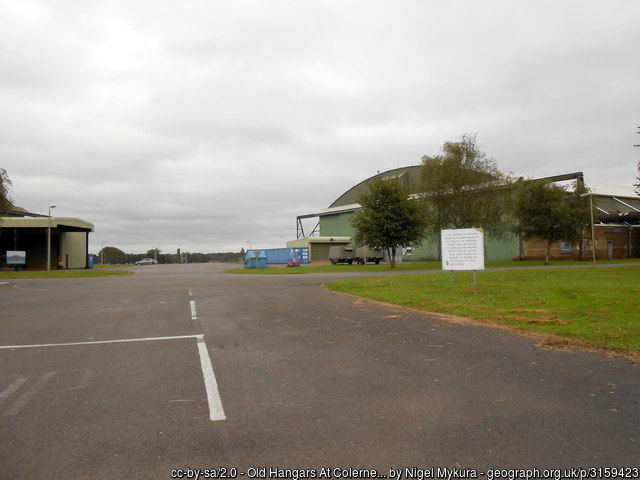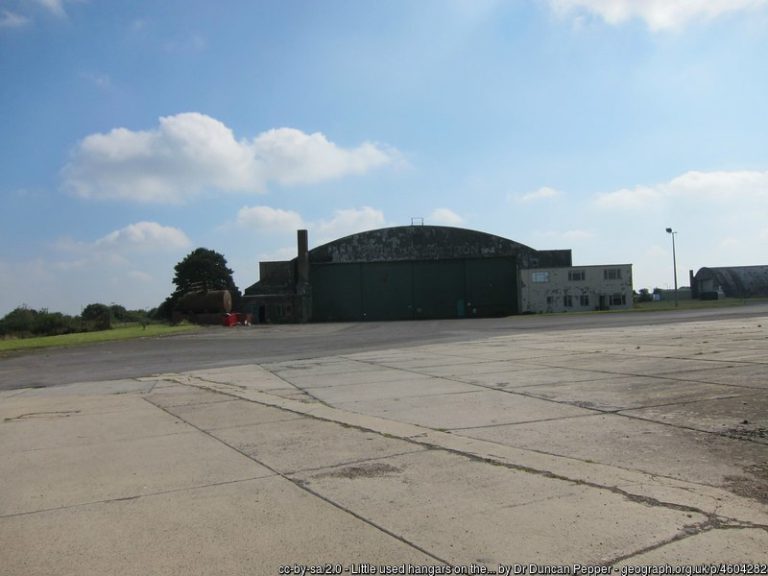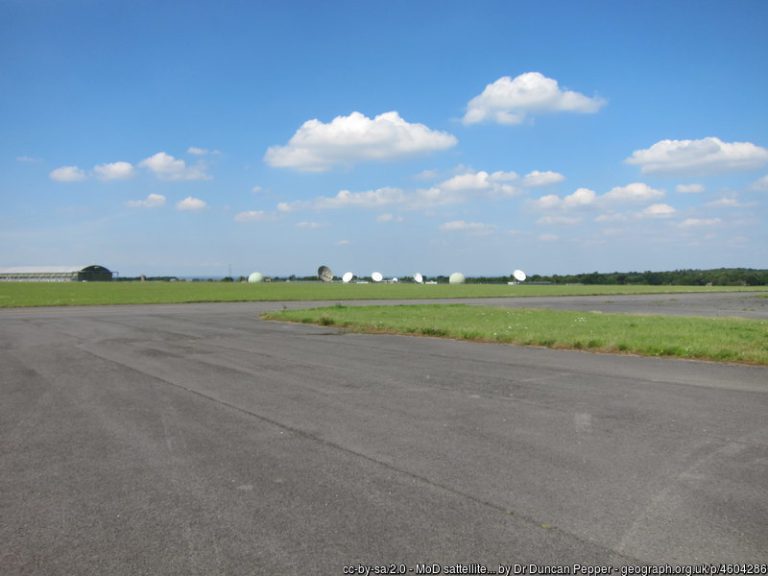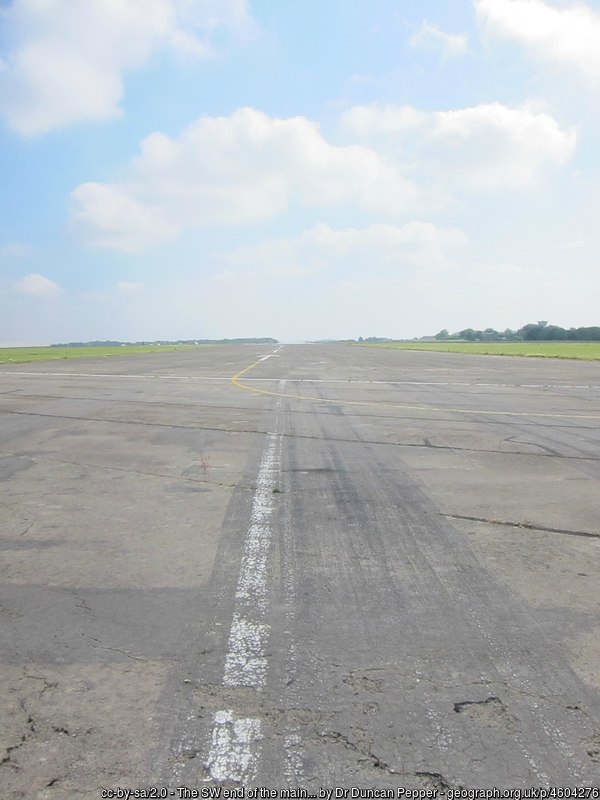Airfield search
Colerne

| Also known as: | Azimghur Barracks / Colerne Aerodrome / Colherne (misspelling) / RAF Colerne / RAF Station, Colerne / USAAF Station 353 |
| County: | Wiltshire |
| Current Status: | Army barracks (main position) / Aviation / Industry / Leisure activity |
| Date: | 18 May 1940 - 31 March 1976; subsequent limited flying to present |
| Current Use: | Limited flying |
| Used By: | RAF (main user) / RAF (Polish) / RAAF / RCAF / RNZAF / USAAF |
| Landing Surface Type(s): | Unpaved, later paved (1940) |
| Aircraft Role(s): | Air observation post / Aircraft assembly / Aircraft preparation/storage (main role) / Anti-aircraft co-operation / Communications / Fighter (main role) / Trainer (main role) / Transport (main role) |
Colerne has a long and varied history, with the airfield having important roles both during and after the Second World War. The site was first used in 1940 by Maintenance Command for aircraft storage, officially opening in May of that year when it was initially occupied by No 39 Maintenance Unit (MU). Many aircraft types were stored using four main dispersal areas in an unusual pattern. A more conventional layout was constructed with three runways from the summer of 1940 as the airfield was transferred to Fighter Command. As a Sector HQ for No 10 Group Colerne saw operational fighter squadrons arrive, with night fighting being particularly important. Hawker Hurricanes and Boulton Paul Defiants were among the first to arrive, the Hurricanes of No 87 Squadron especially using the satellite airfield of Charmy Down as well. More night fighter squadrons arrived throughout 1941, including the twin engined Bristol Blenheims and Beaufighters of No 600 Squadron.
A large number of day and night fighter squadrons, both single engined and twin engined, used Colerne during the war. The airfield was also home to two of the unusual Turbinlite Flights where searchlights were fitted to the front of Douglas Havocs. Meanwhile the MU helped pioneer the use of Satellite Landing Grounds (SLGs) for dispersed aircraft storage from the end of 1940 by employing Slade Farm and Starveall Farm.
By 1943 the need for defensive night fighters had reduced and aircraft such as de Havilland Mosquito unit No 151 Squadron began to fly from Colerne and associated airfields both day and night intruder operations over enemy territory. The airfield also saw a build up in activity during the run up to D-Day with a number of squadrons passing through. A group of Mosquito squadrons under the control of Group Captain John Cunningham at Colerne were tasked to fly night time patrols on the night of the landing to prevent any enemy interference.
The RAF’s first operational jet fighter, the Gloster Meteor, and the first squadron to fly it, No 616 Squadron, notably arrived in early 1945 for a short period. The following month this airfield became home to the first jet training unit, No 1335 Conversion Unit. Throughout the war Colerne had been home to No 4 Aircraft Assembly Unit, becoming No 218 MU in March 1942. While the new Meteors were flying here from 1945 into 1946 hundreds of aircraft were arriving for disposal by the MU, an interesting contrast in old and new.
From November 1946 the airfield returned to Maintenance Command. Auster Air Observation Post aircraft of No 662 Squadron, a gliding school and a number of communications flights were all present in the late 1940s and early 1950s. Fighter Command returned briefly carrying out training in the latter decade with the Airborne Interception School, which became No 238 OCU (Operational Conversion Unit) with primarily Bristol Brigands. Meteors also returned between 1956 and 1957 before leaving again to North Luffenham.
A major change took place on 1 January 1957 when Transport Command took control of Colerne and this would shape the rest of the airfield’s active life. Handley Page Hastings aircraft arrived on the same day with No 24 Squadron. No 511 Squadron, which would become No 36 Squadron, arrived a few months later and stayed almost a decade at Colerne operating the same aircraft until its retirement from the RAF. This unit then moved to Lyneham to convert to the Lockheed C-130 Hercules in 1967. Colerne did however continue, with the role of a major servicing base for the new aircraft type. The engineering role followed in the squadrons’ footsteps and moved to Lyneham after eight years at Colerne. A major museum holding over 30 historic aircraft also resided here for some years.
The airfield officially closed on 31 March 1976 but that was not the end of its story. Colerne immediately became Azimghur Barracks under the control of the Army and saw use for a variety of purposes. The RAF returned in 1993 with No 3 Air Experience Flight, accompanied a year later by Bristol University Air Squadron (BUAS). The runways and facilities had been maintained for exercises and visits and remain in very good condition. The site has been scheduled for closure in the near future, although has been given a reprieve until at least 2025 and flying continues in the meantime with BUAS.
- Bristol Motor Club
- Bristol Pegasus Motor Club
- Colerne History Group
- Colerne HIVE
- Colerne Parish Church/The Church of St. John the Baptist, Colerne – RAF graves
- Colerne Parish Council
- Haycombe Cemetery – many RAF graves
- Marshfield & District Local History Society
- Marshfield Parish Council
Notable Past Associated Organisations:
- Bristol Aeroplane Company Motor Club
Main unit(s) present:
-
No 2 Aircraft Delivery Flight
- No 2 Sqn RAF Regiment
- No 2 Supplementary School of Technical Training
-
No 3 AEF
- No 4 Aircraft Assembly Unit
-
No 10 Fighter Command Servicing Unit
-
No 10 Gp Comm Flight
-
No 19 Sqn
-
No 24 Gp Comm Flight
-
No 24 Sqn
-
27th FS
-
No 27 Gp Comm Flight
-
No 27 (Signals Training) Group
-
No 29 Sqn
-
No 36 Sqn
-
No 39 MU
-
No 48 Sqn
-
No 49 MU
-
No 62 Gp Comm Flight
-
No 74 Sqn
-
No 81 Gp Comm Flight
-
No 87 Sqn
-
No 89 Sqn
-
No 92 GS
-
No 114 Sqn
-
No 118 Sqn
-
No 124 Sqn
-
No 125 Sqn
-
No 131 Sqn
-
No 137 Sqn
-
No 149 (Long Range Fighter) Wing
-
No 151 Sqn
-
No 165 Sqn
-
No 175 Sqn
-
No 183 Sqn
-
No 184 Sqn
-
No 218 MU
-
No 219 Sqn
- No 228 OCU
-
No 238 MU
-
No 238 OCU
-
No 245 Sqn
-
No 256 Sqn
-
No 263 Sqn
-
No 264 Sqn
-
No 285 Sqn
-
No 286 Sqn
-
No 307 Sqn
-
No 316 Sqn
-
No 317 Sqn
- No 402 Sqn
- No 406 Sqn
-
No 410 Sqn
- No 417 Sqn
-
No 456 Sqn
-
No 488 Sqn
-
No 501 Sqn
-
No 504 Sqn
-
No 511 Sqn
-
No 587 Sqn
-
No 600 Sqn
-
No 604 Sqn
-
No 616 Sqn
-
No 662 Sqn
- No 822 Defence Sqn
- No 1001 Signals Unit
- No 1006 Servicing Wing
- No 1015 Servicing Wing
- No 1013 Servicing Wing
- No 1023 Servicing Wing
- No 1026 Servicing Wing
- No 1028 Servicing Wing
-
No 1335 (Meteor) CU
- No 1337 Wing RAF Regiment
-
No 1454 (Fighter) Flight
-
No 1457 (Fighter) Flight
-
No 1487 (Fighter) Gunnery Flight
-
No 1498 (TT) Flight
-
No 1956 Reserve AOP Flight
-
No 1963 Reserve AOP Flight
- No 2743 Sqn RAF Regiment
- No 2750 Sqn RAF Regiment
- No 2794 Sqn RAF Regiment
- No 2800 Sqn RAF Regiment
- No 2810 Sqn RAF Regiment
-
Airborne Interception School
- Bannerdown GC
-
Bristol UAS
- Fortress Flight
-
RAF Colerne Communication Sqn
-
Special Installation Flight
- Station Flight, Colerne
Photographs and video from the memorial unveiling at Colerne, 1 June 2019.













Flight Lieutenant J H "Ginger" Lacey of No 501 Squadron RAF, in the cockpit of his Supermarine Spitfire Mk I at Colerne, Wiltshire, 29 May 1941. © IWM (CH 2793)
Pilot Officer James 'Ginger' Lacey DFM and Bar, hard at work on a model aeroplane in No 501 Squadron's dispersal hut at Colerne, 30 May 1941. © IWM (CH 2814)
Aerial view of Colerne, seen from the south-west, c. 1941-1942. © IWM (HU 93044)
A Hawker Typhoon at Colerne, May 1943. © IWM (TR 1091)
A Bell P-39 Airacobra at Colerne during the Second World War. © IWM (ATP 10560C)
A Supermarine Spitfire Mk I at Colerne during the Second World War. © IWM (CH 2821)
Bristol Beaufighter night-fighter crews of No 600 Squadron, resting in their crew hut at Colerne during the Second World War. © IWM (CH 2820)
A Boulton Paul Defiant Mk I at Colerne during the Second World War. © IWM (CH 4810)
The Operations Room at No 10 Group, Colerne, during the Second World War. © IWM (CH 13680)
Hangars at Colerne, 16 September 2012.
Hangars at Colerne, 8 August 2015.
Looking across the airfield at Colerne, 8 August 2015.
The south-west end of the main runway at Colerne, 8 August 2015.
Footage from Colerne, July 1944. Courtesy of footagefarm
A Bristol Sycamore helicopter air lifting a new spire for St George church at RAF Colerne. Courtesy of British Movietone
The 50th Anniversary of the RAF, including footage from Colerne, 1968. Courtesy of British Pathé
Rallying at Colerne, 1989. Courtesy of David Newman
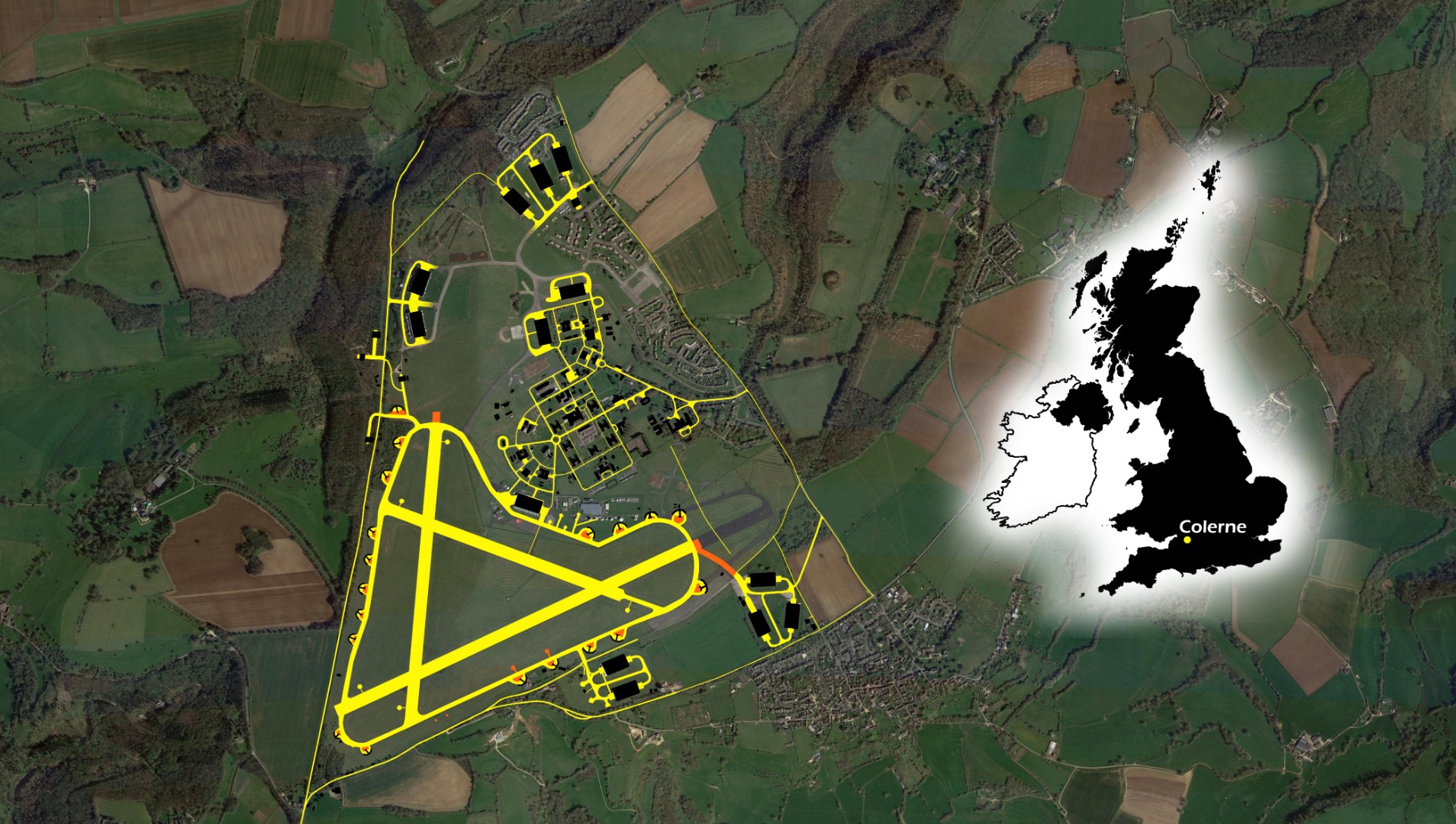
Plan of Colerne, 1941. Courtesy of Ed Andrews
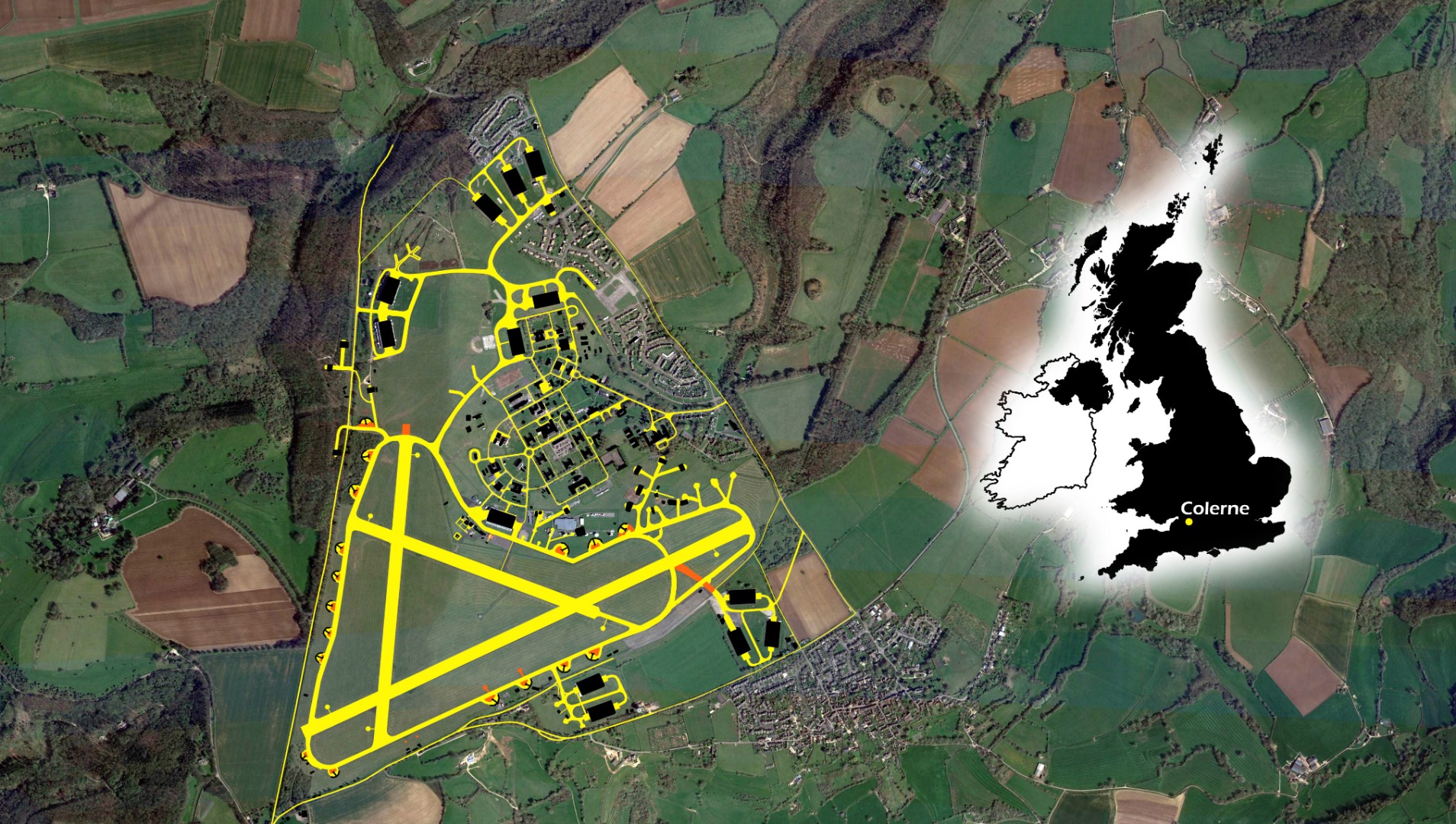
Plan of Colerne, 1946. Courtesy of Ed Andrews
| Parent(s)/HQ Airfield(s): | |
| Satellite(s): | |
| Decoy Airfield(s): | |
| Satellite Landing Ground(s): | |
| Associated Airfield(s): |

